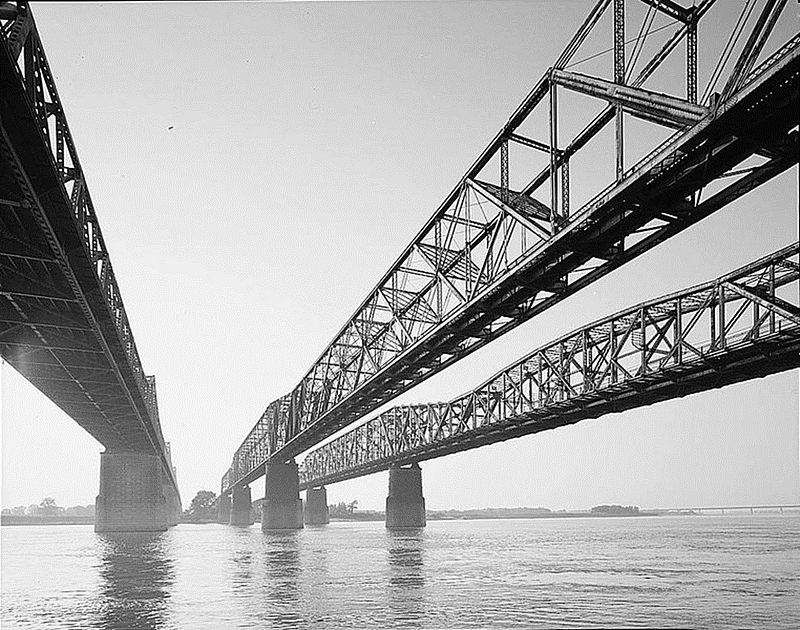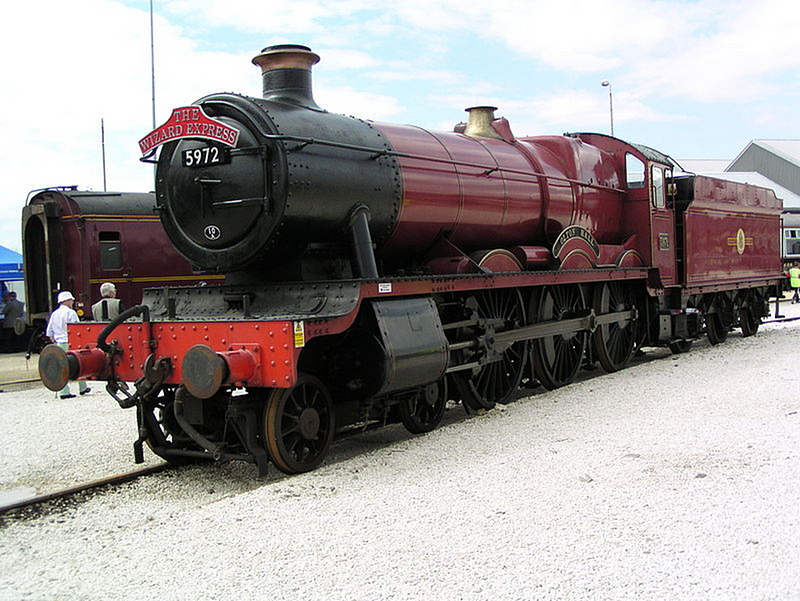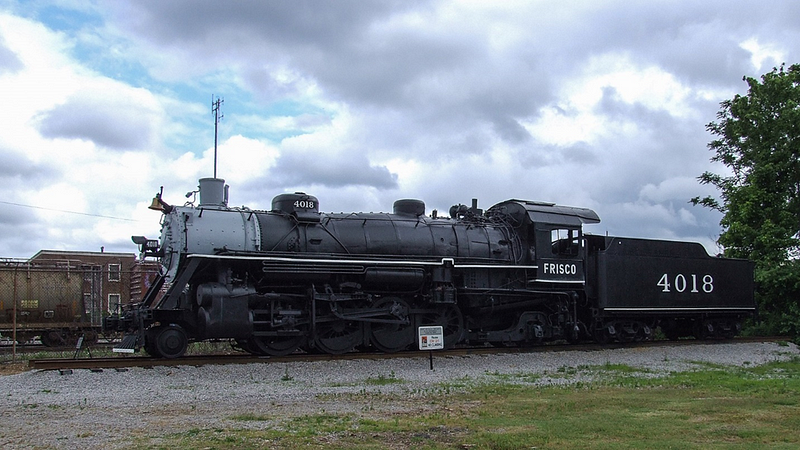Frisco: Evolution and Resilience in Railroading History
Written on
Introduction to Frisco's Railway Legacy
In this article, we will delve into the historical significance of Frisco, examining its pioneering locomotives, including the first bridge over the Mississippi River, the 4–4–0 and 4–6–0 locomotive types, the unique Doodlebug railcars, and the notable Frisco series 4300 and 4400 locomotives. We will also discuss the process of dieselization and the Frisco Silver Dollar Line. This piece serves as a culmination of my previous writings about the Frisco Railroad. Enjoy this brief exploration!
The Historic Frisco Bridge
The Frisco Bridge, located in Memphis, marked a significant engineering achievement as the first bridge over the Mississippi River south of St. Louis. Upon its dedication on May 12, 1892, it stood as the third longest bridge globally and is now recognized as a National Historic Civil Engineering Landmark.

4–4–0 Locomotives: The American Standard
Known as the "American" type, the 4–4–0 locomotives were prevalent in the Frisco fleet. By July 1903, Frisco operated 159 of these engines, produced by a diverse array of twenty-five manufacturers. The oldest unit, built in 1869, remained in service until 1951.

4–6–0 Locomotives: The Ten-Wheelers
Entering service in 1870, the 4–6–0 locomotives were another mainstay of the Frisco fleet, with 430 units recorded by 1903. These locomotives were categorized into seven class series based on their numbering.

Doodlebugs: The Innovative Railcars
Frisco's Doodlebugs, or self-propelled rail motorcars, revolutionized local service. The first order of ten was placed in 1910, with additional units following. These unique vehicles were designed for slower speeds and were instrumental in servicing less-trafficked branch lines.

Frisco Series 4300 and 4400: The Heavyweights
Constructed during the 1930s and 1940s from salvaged parts, the Frisco 4300 and 4400 series locomotives were robust 4–8–2 types. Notably, these locomotives had remarkable specifications, including high tractive efforts and substantial weight, making them the heaviest of their kind.
Dieselization: Transitioning to Modern Power
Frisco's journey into diesel power began in 1941 with the acquisition of five Baldwin VO-1000 switchers. The transition was gradual, culminating in 1952 when steam locomotives were retired completely. By then, Frisco had established itself as a leading Class I railroad powered solely by diesel.

Frisco Silver Dollar Line: A Nostalgic Experience
For those wishing to experience a piece of history, the Silver Dollar City amusement park in Branson, Missouri, features steam locomotives reminiscent of the Frisco era. Although these engines never operated on actual Frisco lines, they carry the heritage of the railway.
Predecessors and Acquisitions
The roots of Frisco trace back to several predecessor companies, including the Pacific Railroad and the Atlantic and Pacific Railroad. Over time, Frisco expanded by acquiring 27 different railroads and absorbing assets from an additional 18 companies.
Explore the complexities and nuances of moving to Frisco, Texas. This video discusses the positives and negatives of relocating to this vibrant city in 2024.
Conclusion
As we reflect on the legacy of the Frisco Railroad, it becomes clear that its evolution from steam to diesel and its continued presence in American railroading history is a testament to innovation and resilience. If you have enjoyed this exploration, please consider following my work on Medium for more insights and stories.
For further inquiries or constructive feedback, feel free to reach out. Thank you for taking the time to engage with this article!